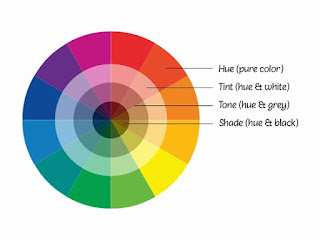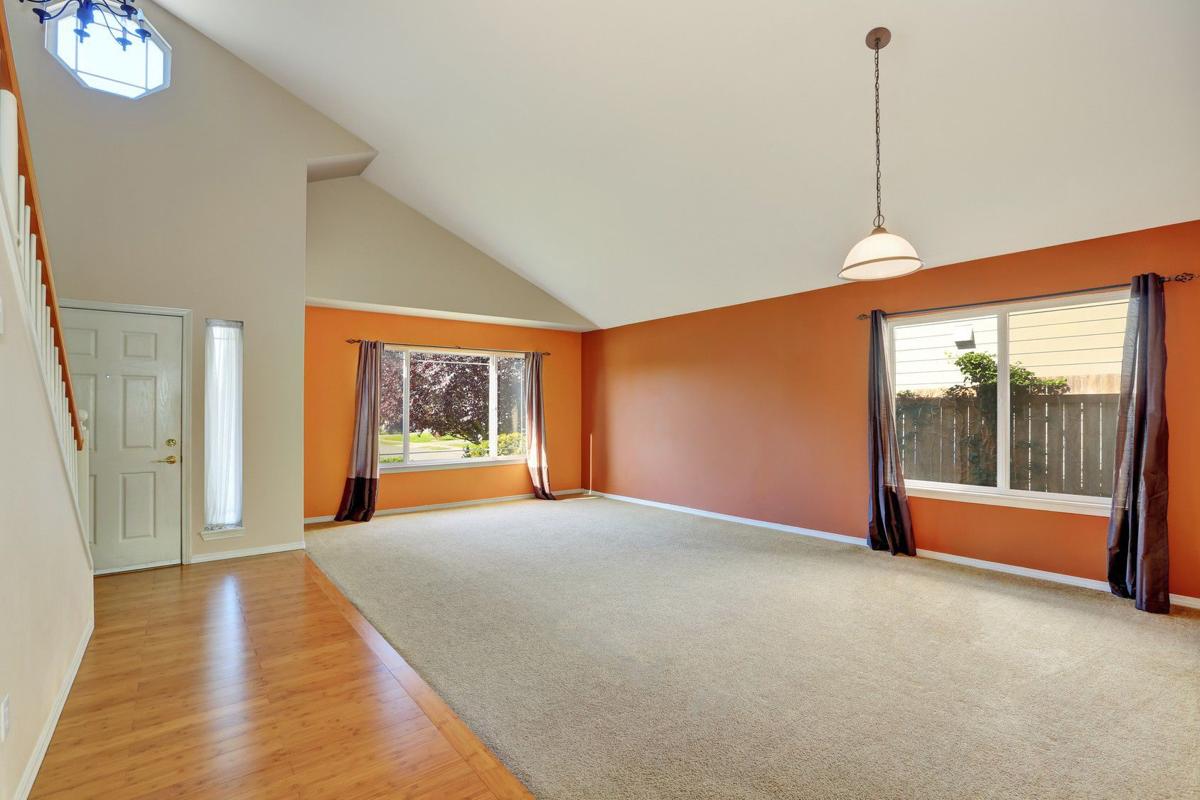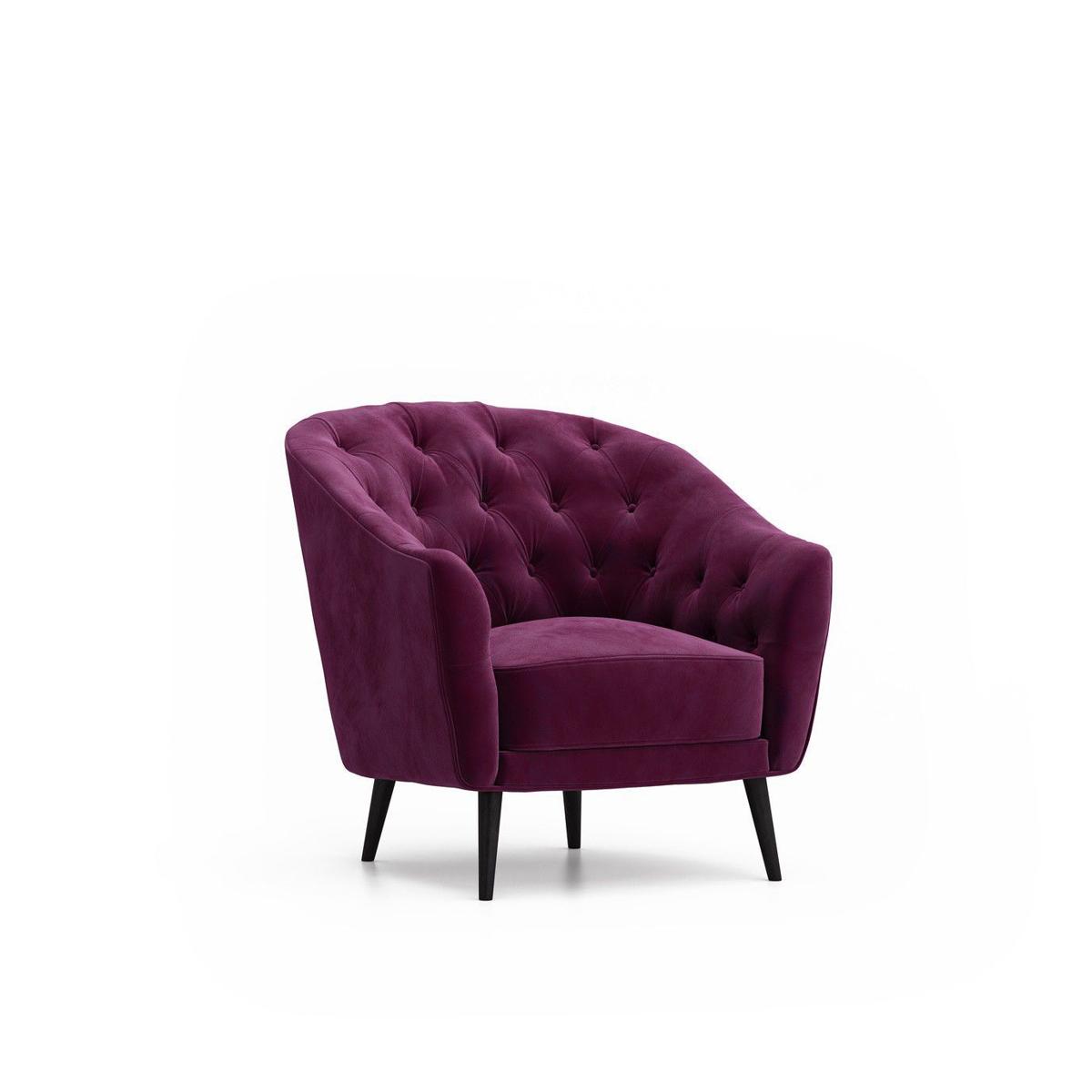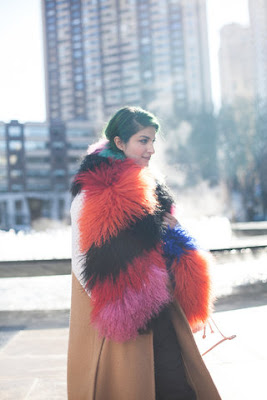“Colors are the smiles of nature.” Leigh Hunt. “Clouds come floating into my life, no longer to carry rain or usher storm, but to add color to my sunset sky.”Rabindranath Tagore.
Have you thought about color and how it influences many of your decisions? We are surrounded by color and it influences the foods we eat, the clothes we wear, the homes we live in, the cars we drive, and the plants we buy. Color is so much a part of our lives that we often take it for granted, until we have to plan a color scheme for our home landscape. When faced with an almost endless variety of colors to choose from, the task of planning a harmonious color scheme can be overwhelming. The more one knows about color, the more effectively it can be used.
Color comes from light and without light there can be no color. You can see the colors in light when a rainbow appears after a rainstorm. As sunlight passes through the curved surfaces of raindrops, the colors in light separate into bands of color in the sky. You can get the same effect when white light passes through a prism.
This band of color has been reproduced in a support tool called the color wheel and is a simple way of showing the relationships of colors as they appear in nature. The color wheel is made up of 12 colors which can be divided into three groups.
The primary colors are red, yellow and blue and all other colors are made up of some combination of these colors. The secondary colors are orange, violet, and green and are made by mixing equal parts of two primary colors (red and yellow for orange, red and blue for violet, and blue and yellow for green). The tertiary or intermediate colors are those colors which are made by combining one primary and one secondary color. Such combinations include yellow-orange, red-orange, blue-violet, blue-green, and yellow-green.
Also, black, white, and gray are called neutral colors and do not appear on the color wheel. They produce an infinite number of tints and shades when added to true colors. And other colors such as brown, tan, and beige are often treated as neutrals but they actually belong to the color orange on the color wheel.
Different terms and phrases are used to describe a color or its actions. Hue is the name of a color such as red, yellow, or blue and may be dark, light, dull or bright without changing its name. Value refers to the lightness or darkness of a color. Thus, light values (tints) are made by adding white to a true color and dark values (shades) are made by adding black or gray to a true color. Any color can be mixed to range in value from almost white to almost black.
Warm colors are those colors associated with red and yellow hues and remind us of things in nature that are warm such as sunlight and fire. These colors will make you feel warm and cheerful and make an outdoor room seem friendly and inviting. Cool colors are those colors from the blue and green families and remind us of things in nature that are cool like water, grass and trees. These colors will make you feel cool and refreshed and make a room seem quiet and restful.
Warm colors and dark or intense values of some cool colors are called advancing colors because they appear to move toward you. When used on the walls of a landscape they make the outdoor room appear smaller because the vegetative walls seem closer to you. Receding colors include cool colors and light tints of some warm colors and these colors appear to recede or move back. When used on the walls of a landscape, they make the outdoor room appear larger and more spacious because the vegetative walls seem farther away.
Soft pale colors carry the eye into the distance, an effect which can make an outdoor sitting area seem larger than it really is. Darker, purer colors give the illusion of bringing things closer which make areas smaller and outdoor furniture look larger. Vivid colors are best used as accents in small outdoor areas.
Color can unify and it is one of the best ways to bring harmony to an outdoor room in the landscape. Repetition of color within an outdoor room leads the eye smoothly from one area to another for a more harmonious appearance.
Beautiful landscapes are rarely random acts of nature, except for an awesome display of fall coloration in the deciduous forests. Most landscapes are the result of careful and precise planning and color coordination. In landscape planning, attempt to create unity and coherence, highlight one or two focal points, balance the color schemes of plantings and other features, and try to maintain a visual rhythm across the property.
Think about what kind of impression you want to create with your landscaping. This is the planning stage. Do you want your plantings to get attention with strong curb appeal? If so, consider bright red and yellow combinations. Red offers the impression of energy and excitement, while yellow offers sunshine and friendliness. Together, red and yellow can make very powerful, seasonal statements in curb appeal. For example, combine cheerful red and yellow tulips to welcome spring and yellow black-eyed Susan plants with majestic red dahlias in the heat of summer. Furthermore, if you want your landscape to exemplify a cool retreat, then blues, purples, pinks and variegated greens can deliver such intentions. White is always an awesome filler color to blend into any color scheme.
Always create unity and coherence in the design of your landscape. Accomplish this by choosing one dominant color and incorporate it into small plantings with occasional repetition around the site. Perennials are a good choice in this mix, and they can be supplemented with plantings of annuals like purple petunias, yellow marigolds or rust (red-orange-brown) fall mums.
Attract and direct attention to a special feature or focal point in your landscape by increasing the volume of colors in your flowers (the eye is naturally directed to an abundance of different hues). Mix dense plantings of light pastels in with lesser plantings of more intense colors. Also, add some climbers and vary the heights of different flowering plants to increase the vertical interest of the viewer. On the other hand, if you want to hide an unsightly item or structure, then add green plants as a neutral color and design alternate views in other focal directions by developing colorful flower beds in other areas to get attention.
Reference the color wheel in choosing the most pleasing color combinations. Match those colors that are positioned as opposites on the wheel to create an immediate, complementary color scheme. For example, combine red and green and use variegated coleus to link the two shades. Also, orange with blue or yellow with violet work very effectively as complementary colors in the landscape. Remember that white can be used as an effective neutral color. A monochromatic color scheme can be very effective in make a powerful statement of color in the landscape. Selecting this scheme would include using various shades and intensities of only one dominant color. For example, the choices of pinks, light reds, dark reds and maroons would work very well together for a massive display of color.
In reality, landscaping is a matter of personal choices. Learn as much as you can about your potential choices. If selections tend to become too complicated, experiment with a variety of plants and colors. Learn what works well in your landscape environment from points of sustainability, cultural requirements, and curb appeal. Therefore, creating a beautiful and effective landscape of color is always a work in progress, but it can be great therapy for the mind, heart and soul. Always think sustainability and native plants throughout the planning process!












